Art Guidelines & Examples
We cannot reproduce or print any copyrighted image without written permission from the legal copyright holder. It is not legal to just change an existing image a little bit. Federal copyright law makes no such allowance. For national corporations and franchises proper legal written permission typically can only be issued from the head corporate office or legal department.
If your submitted artwork needs to be modified, our art department charges a $48 hourly fee with a minimum charge of $24.00. No art services are provided without your approval and financial commitment. Our in-house art department wants your art to be great to give you the best product possible.
If you have any artquestions contact Robert Crowder: rcrowder@gametimegraphics.com or give us a call.
Preferred File Type
Vector files are our favorite. These include: Illustrator (.ai), .svg, or vector-based .pdf/.eps. You need to have all of your fonts converted to outlines.
High Resolution raster images are still in the running, with limitations. Your art has to be the size you want printed at. File at least 300dpi. Extra Space, explained below, needs to be removed to insure we print it the size sent to us. Backgrounds removed.
*** Images off the internet are not useable for our process ***
Publisher, Doc files or images found on the internet are not acceptable file formats. These will incure art charges to recreate into a useable format.
Name for rosters can be sent in Word documents or preferred if they are typed out in a plain text email.
Vector vs. Raster
| Vector | Raster |
|---|---|
|
Screen printers use vector images. A vector image uses mathematical algorithms to create paths and curves. Sounds complicated, right? What this means for screen printing is that the image is infinitely scalable. You can zoom super far in on the image without it getting blurry. Vector images need to be created and edited in a vector software like Adobe® Illustrator, Affinity Designer or similar programs. These types of images are preferred throughout the graphic design world, including screen printing. The lines stay smooth and crisp whether you’re creating artwork for an oversized back print or a business card. Examples of vectorized files are .ai, .eps, .svg, and .pdf (if in vector format). |
Raster images are made up of pixels. When you take a photo on your phone or a camera, that image becomes a raster image. You’ll know it’s a raster image because if you zoom in on the image, it becomes fuzzy. These images are used mostly in photography. The file size is pretty large because of the amount of pixels making up the photo. The more pixels, the higher quality the image will be. Raster images are not recommended for any sort of graphic design because you can not resize them without making the design blurry. Examples of raster images include .psd, .pdf, .jpg, and .png, to name a few. *** If you got your image off the internet - It' is not a usable file for our process *** |
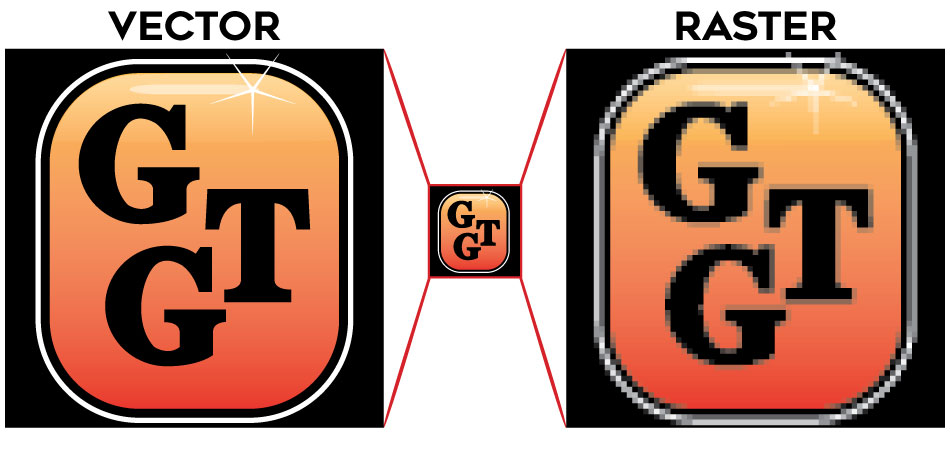
Raster Extra Space
If you are sending us a raster file to use for your project. Make sure your image is at minimum 300dpi. Make sure the size of the print is what you are wanting. With NO background color. We will not enlarge or remove the background from your image.
Remove as much of the extra space in your image as possible. Both images below are 10" x 10" to be on a black shirt, however the final print size drastically varies because of all of the dead space around the image.
The image on the left will be 10"x10" while the the image on the left, without the background will be 6"x6" or smaller.
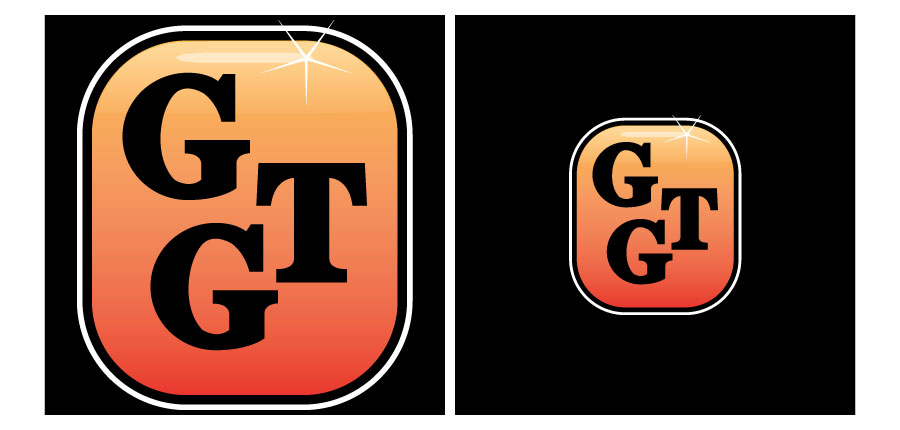
All art files, digital renderings, films, screens, etc. are the sole property of GAME TIME GRAPHICS, INC., and all rights are reserved under copyright law.





